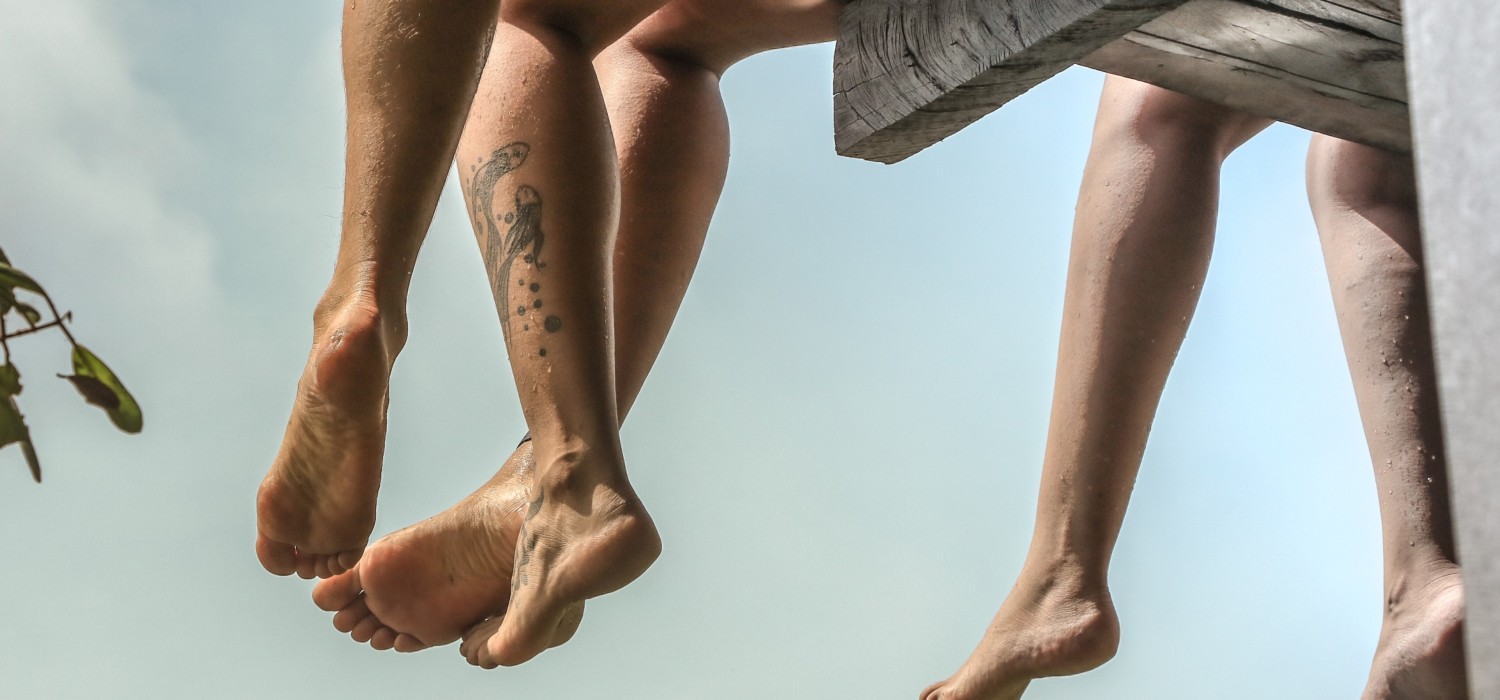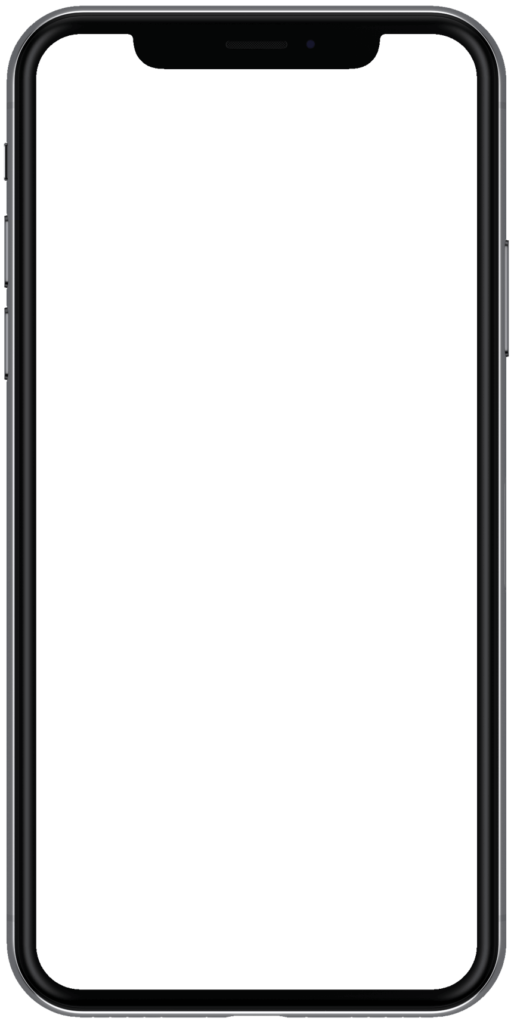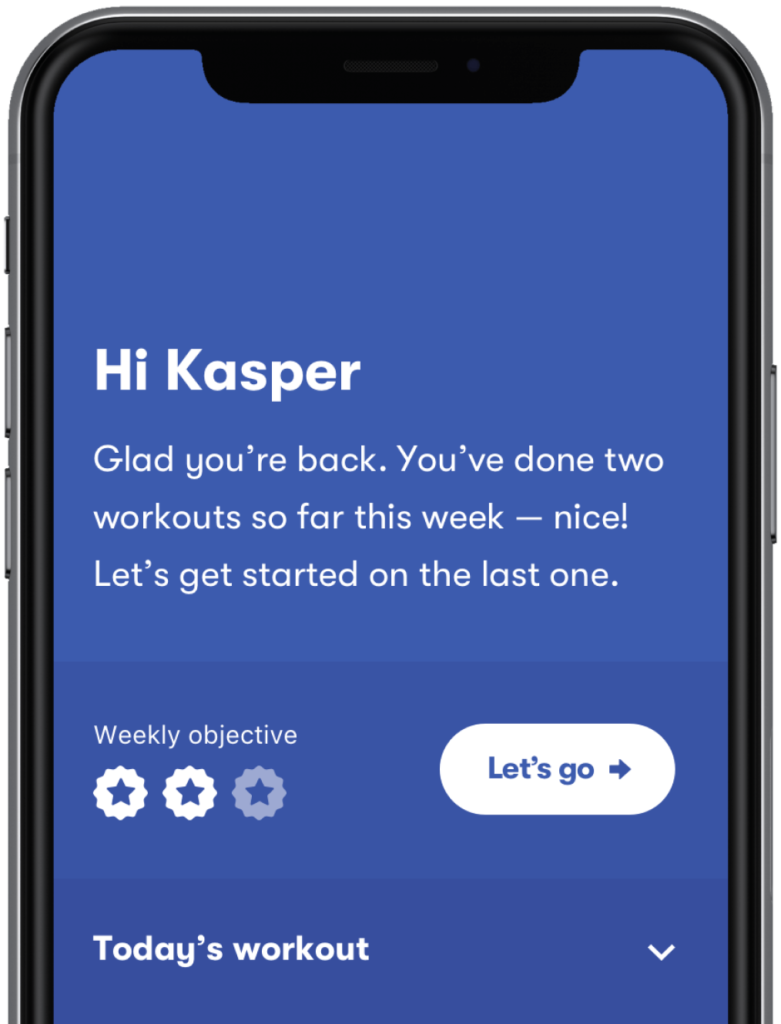Do you suffer from pain in the back of your ankle? It’s possible you have Achilles Tendinitis (or Tendonitis). This is a common sports-related injury that can occur in both recreational as well as competitive athletes. It can also affect people who are not active.1 If you have symptoms of Achilles Tendinitis, don’t despair. Regular exercise can help to significantly reduce the severity of your pain. What’s more, a routine exercise program can reduce your odds of developing similar symptoms in the future.
At Injurymap, we understand how frustrating pain from Achilles Tendinitis can be. We are here to help you better understand the condition with this informative guide. Our mission is to help you get active, strengthen, mobilize, and regain control – killing the pain without the pills. Remember, if your symptoms are severe or persistent, you should always seek care from a healthcare provider.
Content:
What is Achilles Tendinitis?
Causes of Achilles Tendinitis
Insertional Achilles Tendinitis
Non-insertional Achilles Tendinitis
Achilles Tendinitis Symptoms
Complications
Achilles Tendinitis Diagnosis
Treatment
Recovery Time
What is Achilles Tendinitis?
Achilles Tendinitis refers to an inflammation or irritation of the Achilles tendon, which is the strongest and thickest tendon in the human body. Three large muscles in the calf combine to form a tough band of fibrous tissue called the Achilles tendon. The tendon connects the muscles of the calf to the heel bone.2 You use the Achilles tendon to run, walk, jump, climb stairs, and lift your heel. The tendon is palpable behind the ankle as the heel cord.
The Achilles tendon can endure a great deal of stress and tension. However, it is prone to inflammation and irritation (tendinitis) due to excessive use and degenerative changes. The inflammation is usually mild to moderate, but in rare cases, it can be severe and lead to tendon rupture. Like all the other tendons in the body, the Achilles tendon stiffens as a person grows older. This puts older individuals at an increased risk of injury.
It’s important not to mistake Achilles tendinitis for another similar condition called retrocalcaneal bursitis, which is an inflammation of a bursa located near the heel bone. If your symptoms do not improve with home treatment, please see a doctor to rule out other foot problems, such as heel bursitis, arthritis, plantar fasciitis, and stress fracture.
Pain medication: Non-steroidal anti-inflammatory drugs (NSAIDs) such as naproxen and ibuprofen can help with symptoms of Achilles Tendinitis, such as pain and swelling. Many of these pain medications are available over-the-counter without a prescription for short-term use. However, if you have used OTC painkillers for more than a month, you should consult a healthcare provider as they can be harmful in the long run.4
Steroid injections: Corticosteroids are powerful anti-inflammatory agents that can assist effectively in getting rid of the inflammation. Particular care should be given to rehabilitation of the Achilles tendon after injection treatment, as the absence of pain, provided by the injection, might prompt a too early resumption of vigorous activity. This might in turn lead to a recurrence or worsening of the condition.
Orthotics and splints: Heel lifts can relieve pressure on the tendon and reduce irritation from shoes. They are especially useful in people with Insertional Achilles Tendinitis.1 Custom orthotic devices may help people with Achilles tendinitis due to overpronation (flat feet). Night splints may be prescribed to stretch the Achilles tendon during sleep.3
Surgery: Surgical treatment of Achilles tendinitis is typically recommended if there is no improvement in pain after 6 to 12 months of conservative treatment. The procedure may involve lengthening the calf muscles or removing a damaged portion of the Achilles tendon.
Recovery Time
Achilles tendinitis usually gets better with a few weeks of home treatment consisting of rest, ice, and exercises. Usual exercise rehab time is 3 – 6 months. Recovery can take longer if you continue to put stress on the tendon.4
What is the fastest way to treat Achilles Tendinitis?
The quickest way to recover from Achilles Tendinitis is rest, ice, and stretching and strengthening exercises. You may take anti-inflammatory painkillers for 7-10 days to manage the symptoms.8
How long does it take for Achilles Tendinitis to heal?
If it’s caught and treated early, you can recover from Achilles Tendinitis in a couple of weeks. If not, the symptoms can last for up to 6 months.9
What happens if Achilles Tendinitis goes untreated?
Without treatment, Achilles Tendinitis can worsen into a chronic (longstanding) painful condition with an increased risk of tendon rupture, requiring surgery.10
Things you can do to prevent Achilles Tendinitis
- Warm-up before exercising, playing a sport, or performing repetitive movements.
- Stretch and strengthen your calf muscles with daily exercises. Stay active year-round.
- Mix and match workouts. Combine high- and low-impact activities to reduce constant stress on the Achilles tendon.
- Ease into a new exercise routine. Gradually increase the frequency and intensity of your workouts.
- Avoid exercising on uneven surfaces.
- Stop activities that cause pain.
- Wear proper shoes with cushioning and arch support appropriate for your foot type and activity.3,4,6
Achilles Tendinitis is commonly an overuse injury. If you run or play sports like basketball and tennis, you should be extra vigilant about preventing Achilles injury. Always stretch the lower leg muscles by warming up before any exercise. You can prevent Achilles Tendinitis by strengthening the tendon and calf muscles. The Injurymap app offers a range of stretches and exercises to improve strength and flexibility in your lower leg and ankle. This can help in recovery from Achilles Tendinitis as well as prevention of future episodes.
Injurymap makes rehabilitation exercises accessible to everyone. Take advantage of the 14-day free trial to see what the app is all about. You’ll find it is an incredibly easy way to exercise at your convenience so that you can heal from Achilles Tendinitis and prevent it from returning.



